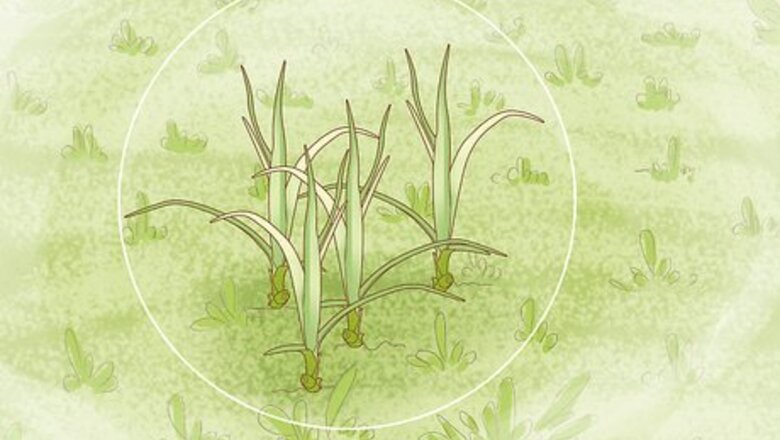
views
Identify Nutgrass
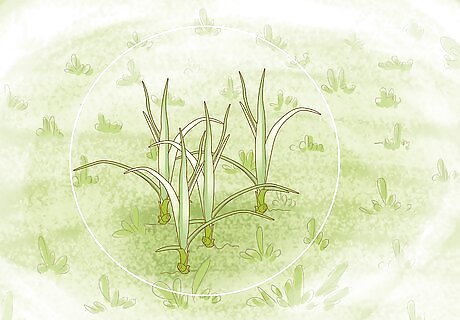
Look for patches of grass that appear out of place. Nutgrass generally grows taller and looks lighter than the rest of your grass. Since it is similar to other grass varieties, small patches can be difficult to notice unless you are specifically looking for them.
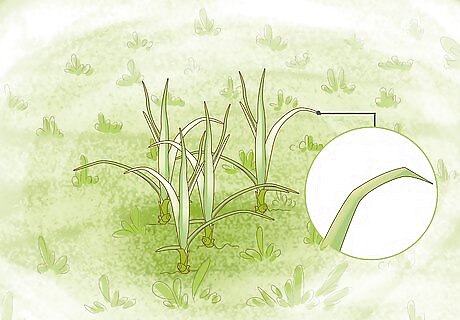
Examine the blades. Kneel on the ground and look at the shape and thickness of the grass blades growing in out of place patches. Nutgrass has thick, stiff blades that shoot up from stems in sets of three. Most normal varieties of grass have two blades that shoot up from a single stem.

Examine the stems. Break a stem of potential nutgrass off and look at the broken end. Nutgrass has a triangular stem with a solid center, while most normal grasses have rounded stems. Many normal grasses are also more hollow inside than they are solid.

Carefully dig down to the root of the nutgrass. If you suspect that you have nutgrass based on the appearance of the upper half of the plant, you can either proceed to remove the grass immediately or you can dig down to the root to confirm your suspicions before taking further action. Use a garden trowel to cautiously dig beside the patch of grass and look for any nut-shaped nodules at the root. You may need to dig as deep as 12 to 18 inches (30 to 46 centimeters).
Removal by Hand
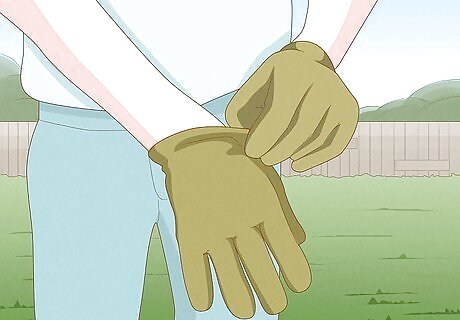
Slip on a pair of gardening gloves. You will need to dig into the dirt quite a bit using this method, and gardening gloves should reduce the amount of dirt you get on your skin and under your nails.
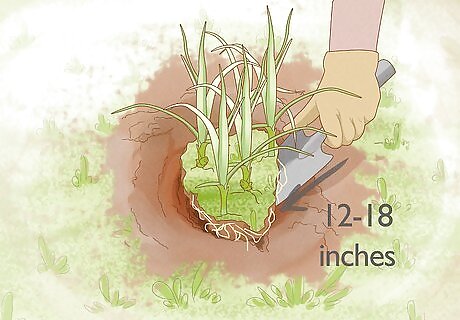
Insert a gardening trowel directly next to the nut grass. Dig down as far as you can go. Nut grass root systems can extend as deep down as 12 to 18 inches (30 to 46 centimeters) below the surface.
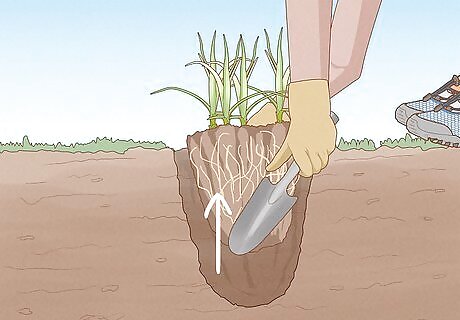
Gently pry the nut grass, roots and all, out of the ground. Doing this gently is vital to reduce the number of roots that break off, as well as the number of pieces those roots break into.

Dig out any stray roots. If any roots remain, there is still some chance that the nut grass can return.

Put the weeds into a garbage bag, along with the soil you dug out simultaneously. Dispose of the weeds in your trash. Do not throw them into a pile or into a compost heap, since you may end up spreading them into another area of your lawn by doing so.
Using Sugar
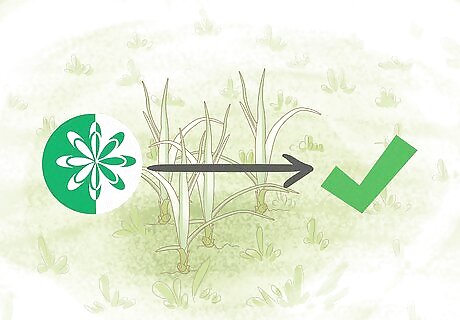
Perform this procedure in spring. It proves most effective at the start of the growing season, when nut grass is just barely beginning to germinate and sprout.
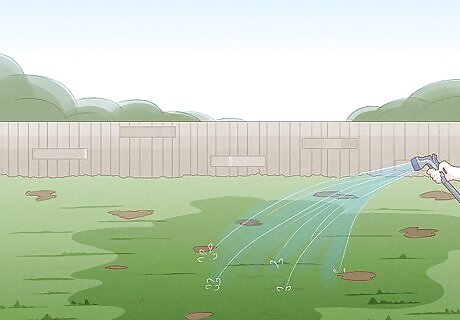
Use a hose to water the lawn. You do not need to soak it, but the lawn should be evenly moist down to the soil.
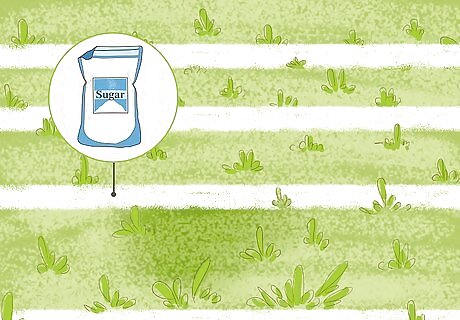
Sift sugar over your lawn in straight lines. Walk up and down the lawn in straight lines and at a steady pace. Pour the sugar through a sifter as you walk, continually turning the handle of the sifter the make sure that the sugar falls on the grass in even amounts. This is no mere folk remedy. Sugar actually "eats" the nut grass while nourishing microbes that have a positive effect on your lawn.
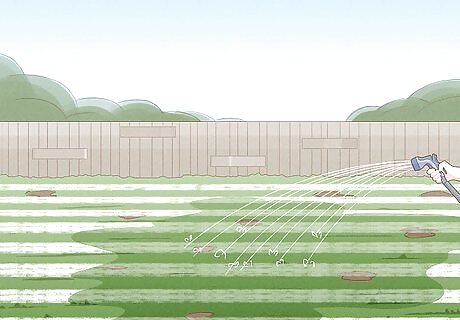
Spray the lawn once more using a hose. Do not saturate the grass, since doing so will wash the sugar away. Spray the lawn with a light mist, providing just enough water to re-moisten the blades of grass and coax the sugar down into the soil and the roots of the lawn.
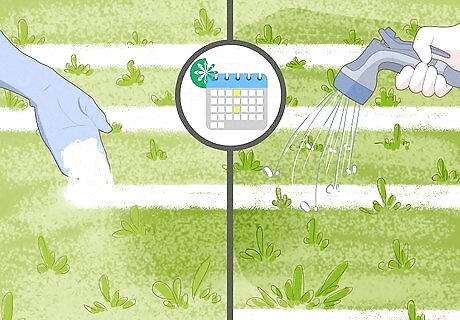
Repeat this procedure at least twice more throughout the spring. The nut grass may not die off completely after the first treatment, but after a couple more, all of it should be dead.
Using Chemical Control
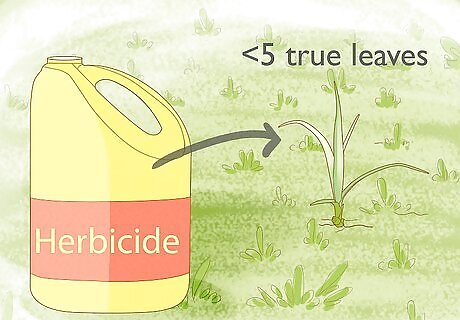
Use herbicide before the nut grass develops five true leaves. Leafy nut grass has too many obstacles, preventing herbicides from sliding down to the "nuts" and the root. Herbicides work best early in the season, while nut grass is still young and has minimal leaves.

Select an appropriate herbicide. Products that contain MSMA or products with a chemical called bentazon work best. Nut grass is a common enough problem, so typically speaking, herbicides that work against the weed will be labeled as "nut grass killers."
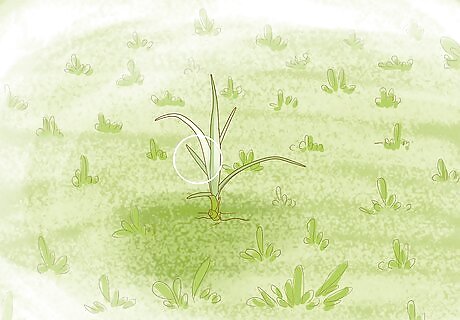
Allow the grass to grow for a few days prior to application. The herbicide works best when the weed is growing vigorously, and may not be as effective if applied immediately after cutting the weed down. Wait two or more days after your last lawn mowing before applying the chemical to the lawn.
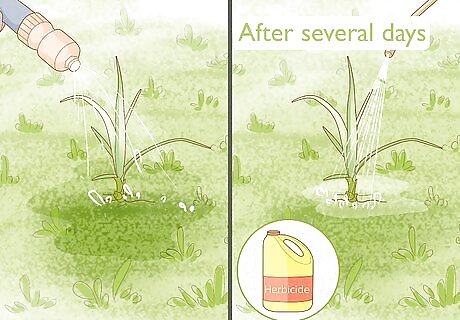
Apply the herbicide during a dry period. Wait several days after your last watering, and do not spray the herbicide if you may get rain four hours after application or if you expect heavy rains to follow in coming days. Water will wash the chemical away, and it may not have the chance to do its job before that happens.
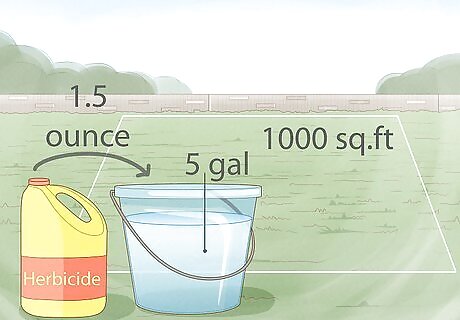
Read the instructions on the label of your herbicide bottle to determine how to apply it properly. You will usually spray diluted MSMA herbicide over your entire lawn. For instance, the instructions may tell you to mix 1.5 ounces (45 milliliters) of chemical into 5 gallons (20 liters) of water to treat 1000 square feet (92.9 square meters) of lawn.
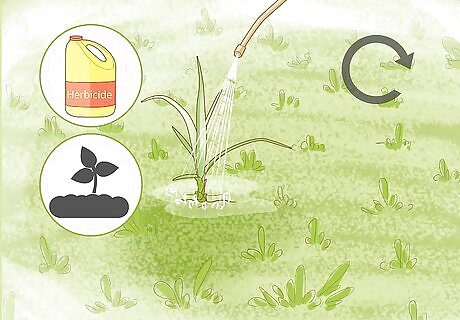
Repeat the treatment several times during the growing season. Warm season grass may only require two applications, but cool season grass may need four to eight applications before the nut grass dies off completely.
















Comments
0 comment